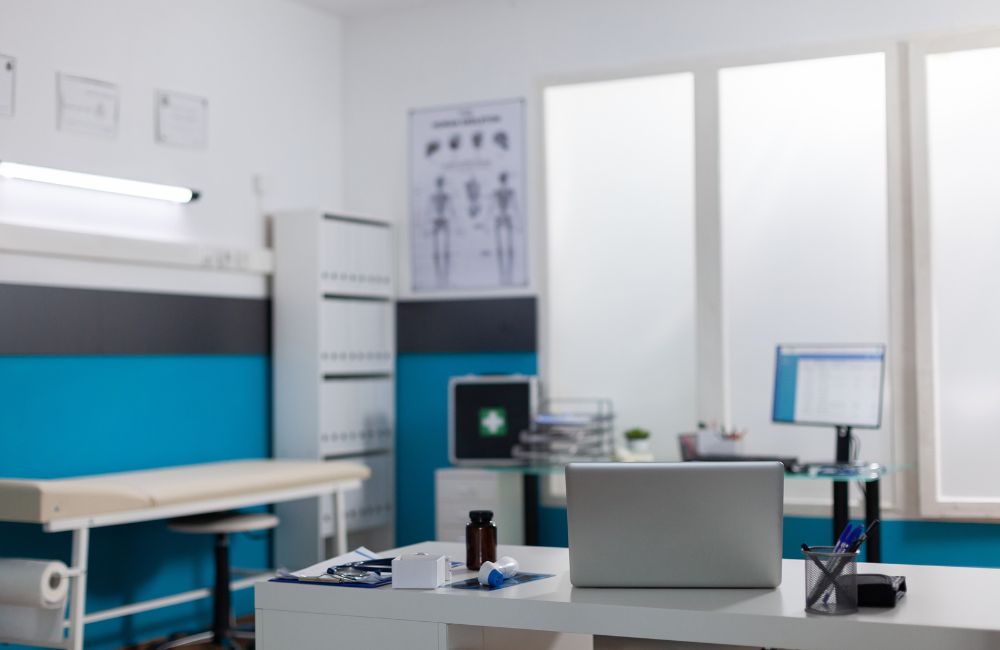How to Select Durable Healthcare Office Furniture for Long-Term Use
Durable healthcare office furniture is essential for medical environments that experience constant use. Selecting the right furniture ensures longevity, cost-efficiency, and comfort for both patients and staff.
1. Prioritize High-Quality, Medical-Grade Materials
Medical-grade materials are designed to withstand heavy use while maintaining hygiene standards. Look for healthcare office furniture made from non-porous materials like vinyl, polyurethane, or metal with antimicrobial finishes. These materials resist moisture, stains, and bacterial growth, making them ideal for clinical settings. Quality materials also extend the life of the furniture, reducing replacement costs.
2. Ensure Sturdy Construction and Reinforced Frames
Durability depends on how the furniture is built. Opt for healthcare office furniture with reinforced steel or aluminum frames to handle frequent use and varying weight loads. Welded joints and solid bases provide additional stability and longevity. Sturdy construction also prevents wobbling, breakage, and early wear, ensuring the furniture holds up under daily demands.
3. Look for Easy-to-Clean and Low-Maintenance Designs
In medical environments, maintaining cleanliness is crucial. Choose healthcare office furniture with smooth surfaces, minimal seams, and removable covers to make cleaning easier. Furniture with stain-resistant and waterproof finishes reduces maintenance time. Easy-to-clean designs also help meet infection control standards and keep furniture looking new for longer.
4. Opt for Weight-Rated Furniture for Added Durability
Patients come in all shapes and sizes, making weight capacity a critical consideration. Weight-rated chairs and exam tables with reinforced supports prevent damage from overuse. Investing in furniture designed for various weight capacities increases safety and durability. It’s best to select healthcare office furniture that supports higher weight limits to ensure it can handle diverse patient needs.
5. Choose Ergonomic Features for Long-Term Comfort
Ergonomically designed furniture offers more than just comfort; it extends the functional life of the product. Adjustable seating, lumbar support, and customizable heights prevent wear and tear from improper use. Healthcare office furniture with ergonomic features minimizes strain on both patients and staff. This focus on comfort supports long-term use by reducing the risk of damage caused by misuse.
6. Consider Manufacturer Warranties and Service Plans
A reliable warranty reflects the manufacturer’s confidence in their product. Choose healthcare office furniture with extended warranties that cover structural integrity, material defects, and performance. Strong warranties and service plans protect investments and ensure long-term durability. Additionally, service plans that include regular maintenance checks help identify issues before they become costly repairs.



